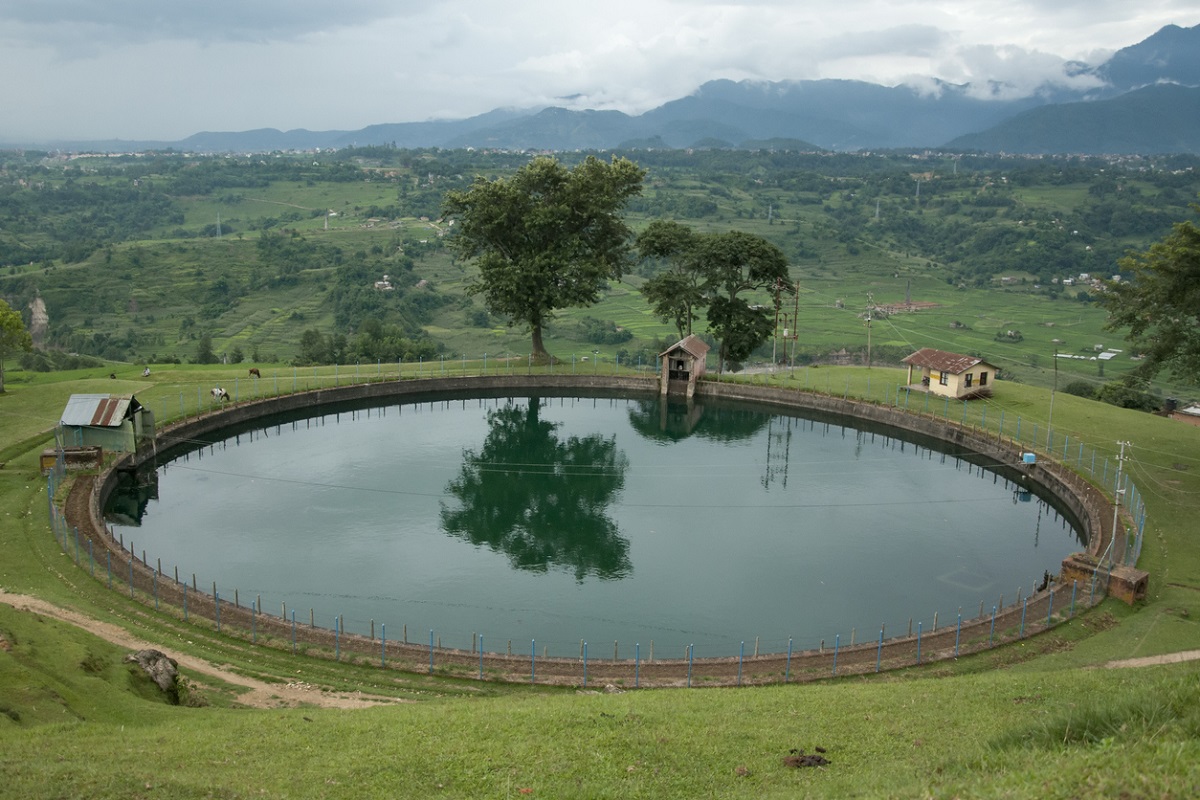Bhakra creates new power generation record in July
The Bhakra power house has surpassed previous records of daily power generation and shattered the record of maximum instantaneous power generation in July 2023.
While storage capacity of these 130 major strategic water reservoirs is about 171.958 BCM (Billion Cubic Meter), the live storage of these water reservoirs is just 116.967 BCM—again 18 % less than last year.

(Representational Image: iStock)
Despite heavy rains in major parts of the country, the live water storage of 130 main reservoirs is still nearly 32 % less than its storage capacity, revealed the weekly report of the Central Water Commission on the live water storage in the country.
While storage capacity of these 130 major strategic water reservoirs is about 171.958 BCM (Billion Cubic Meter), the live storage of these water reservoirs is just 116.967 BCM—again 18 % less than last year.
The water storage situation is only better in the Southern Region, while storage in the Northern situation is very poor.
Advertisement
The CWC officials admitted that the live storage of these 130 water reservoirs is even six percent less than the average of the last 10 years of live storage. Last year’s water storage was 143 BCM-While last year’s water storage was 143 BCM—23 BCM more than what it is today.
The Central Water Commission has been monitoring live storage status of 130 reservoirs of the country on a weekly basis and it is considered to be a yardstick to judge the water storage availability in the country’s other water reservoirs. Out of these reservoirs, 44 reservoirs have hydropower benefits with installed capacity of more than 60 MW. The total live storage capacity of country’s all water reservoirs is 257.812 BCM—more than two third of country’s water storage comes from these 130 strategic reservoirs, the CWC said.
The water availability situation is very alarming in Northern region where live storage is mere 53 % of the total storage capacity. Last year it was 78 %–almost 25 % more than this year. Similarly in Eastern Region the live storage was merely 55 %–marginal better than the Northern region.
Situation is no better in Western Region, the present storage is just 64 % of its total capacity. In the Central region, which includes UP, Uttarakhand, Madhya Pradesh and Chhattisgarh has 65 % live storage of the total live storage capacity.
Situation is slightly better in the Southern region, which includes Andhra Pradesh, Telangana, Karnataka, Kerala and Tamil Nadu. The live storage in the 37 reservoirs that fall in this region has 84 % of the total live storage capacity of the region. “Thus, storage during the current year is only better in the Southern Region than the storage of the corresponding period of last year and also is better than the average storage of the last ten years during the corresponding period,” CWC stated.
Advertisement